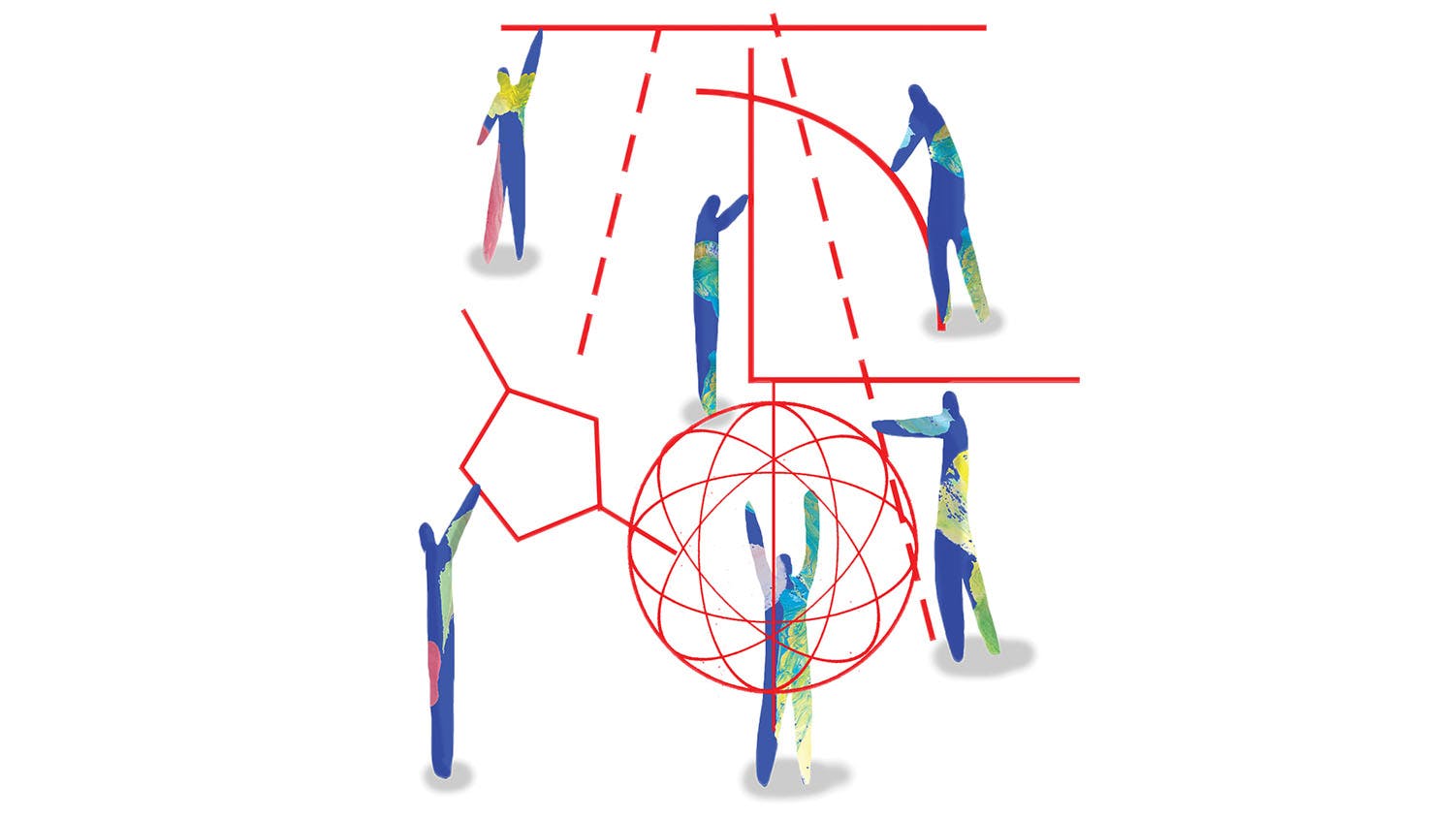During a 2015 Supreme Court case regarding admissions policies at the University of Texas, Chief Justice John G. Roberts Jr. asked, “What unique perspective does a minority student bring to a physics class?” The implication: It is difficult to justify the importance of diversity in a discipline that prides itself on universal principles, objectivity, and empiricism.
As a physics professor, I take Justice Roberts’ question seriously. My answer is this: A diverse learning community benefits everyone, and physics is no different from any other academic discipline.
One cannot understand physics by only memorizing a laundry list of laws, equations, and problem-solving strategies. Different students make sense of physics concepts in different ways.
Consider the foundational idea of forces.
Forces are often introduced as pushes or pulls on individual objects. Forces can also be conceived as interactions between objects. Both of these ideas about the fundamental nature of forces are valid approaches, but they draw on different associations, metaphors, and prior experiences.
Every student must construct an understanding of forces that makes sense to him or her. Students gain ownership of their own sense-making processes when they are inspired and challenged by the ideas and questions of their peers. The physics learning community is more creative and productive when students can draw from a wide range of insights and experiences.
Research has shown that the performance-based collective intelligence of a group is not very dependent on the individual abilities of group members. It is more strongly influenced by the group’s ability to leverage the different abilities and insights of multiple members. According to a recent study, on average, collaborative research teams with greater racial and geographic diversity publish research in journals that are more widely read and cited.
A diverse learning community benefits everyone, and physics is no different from any other academic discipline.
Physics is a flawed discipline created by humans. At its best, though, physics allows us to glimpse the work of a Creator who has sewn the fabric of nature with patterns that are elegant and comprehensible. I am not saying that everyone should become a professional physicist, but everyone should have a chance to experience physics as a way of understanding creation.
This is not the case in the U.S., judging by the lack of diverse representation among doctoral graduates. Among the doctorates in physics awarded by American universities between 2014 and 2016, only 2 percent were awarded to African-American physicists and only 4 percent to Hispanic-American physicists.
These numbers are among the lowest of any academic discipline. Underrepresentation in physics stems from many causes, both historical and contemporary. Some causes are more readily apparent, like the underrepresentation of minority groups among physics teachers and disparities in access to high school physics courses.
Other causes are less visible.
Despite our best intentions, we all have tendencies to harbor implicit biases about the interests and abilities of others based on their appearance. Even our expectations of our own abilities can be influenced by prevalent stereotypes. These invisible expectations can make it difficult for people to overcome historical patterns of underrepresentation.
A wider variety of models, more productive arguments, and the application of physics tools to a broader array of questions await as we cultivate participation and inclusion in the field.
In our introductory physics class, we explore this issue of underrepresentation in physics. This unit was originally developed by Moses Rifkin at University Prep, a secondary school in Seattle, and adapted for courses at Seattle Pacific by South Seattle College physics professor Abigail Daane PhD ’15 and Sierra Decker ’17. Students use empirical data to explore factors that may contribute to the low numbers of racial minorities who pursue advanced study in physics. Why do this in a classroom where students are supposed to be learning physics? The opportunity for deep learning in any discipline is a blessing and a privilege, and Christians are called to ask why some have been excluded from a wider range of learning opportunities and seek greater inclusion.
Our department also researches diversity and education in the physics classroom. Under the leadership of Senior Research Scientist Rachel Scherr, we are finishing a national study of college classroom practices that encourage inclusive physics learning. This year, Research Associate Professor Amy Robertson is leading a new research project — funded by the National Science Foundation — to understand centrality and marginalization in physics teaching and learning.
There are many good reasons not to pursue a doctorate in physics. Gender or skin color should not be among them. I hope that real inclusion can re-envision and reinvigorate the discipline. Many of the greatest discoveries in physics, from relativity to quantum mechanics, have sprung from efforts among physicists to reconcile divergent models. A wider variety of models, more productive arguments, and the application of physics tools to a broader array of questions await as we cultivate participation and inclusion in the field.
In answer to Roberts’ question to the Supreme Court, I argue that every student brings an important perspective to a physics learning community. Diverse and inclusive learning communities support academic disciplines that are increasingly productive and relevant. This is true for physics, as it is true in every discipline across the academy.




